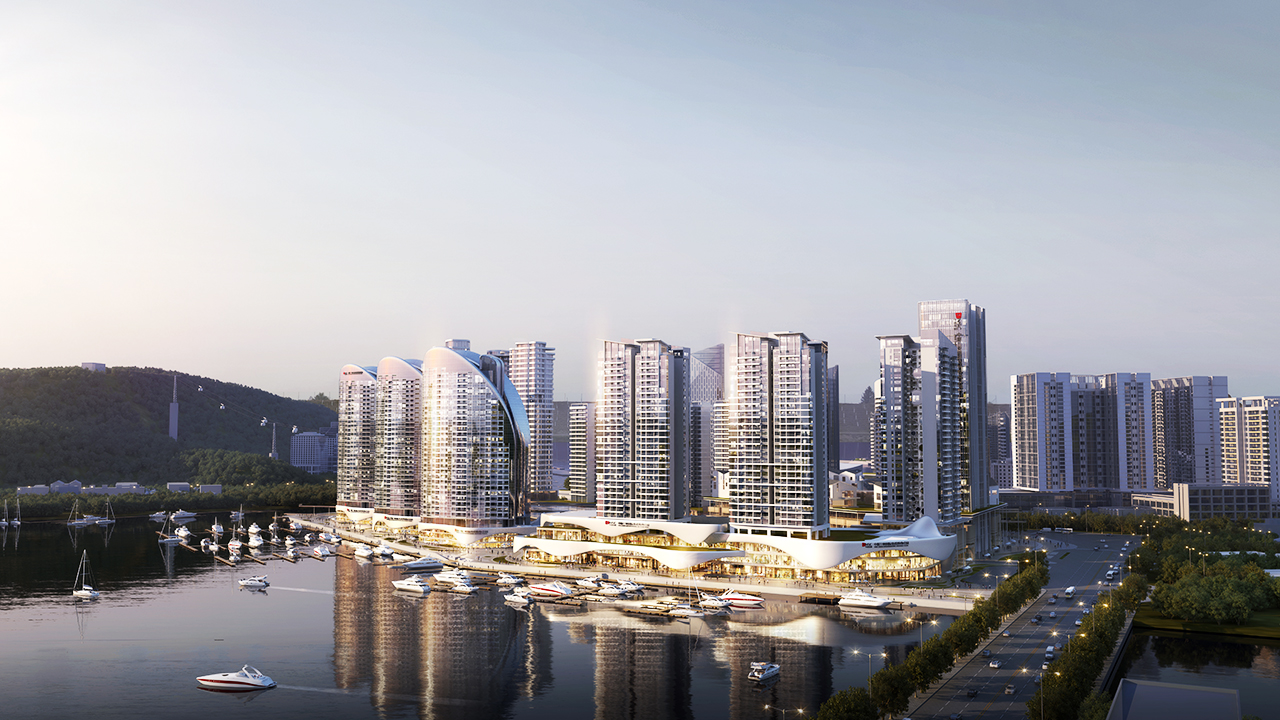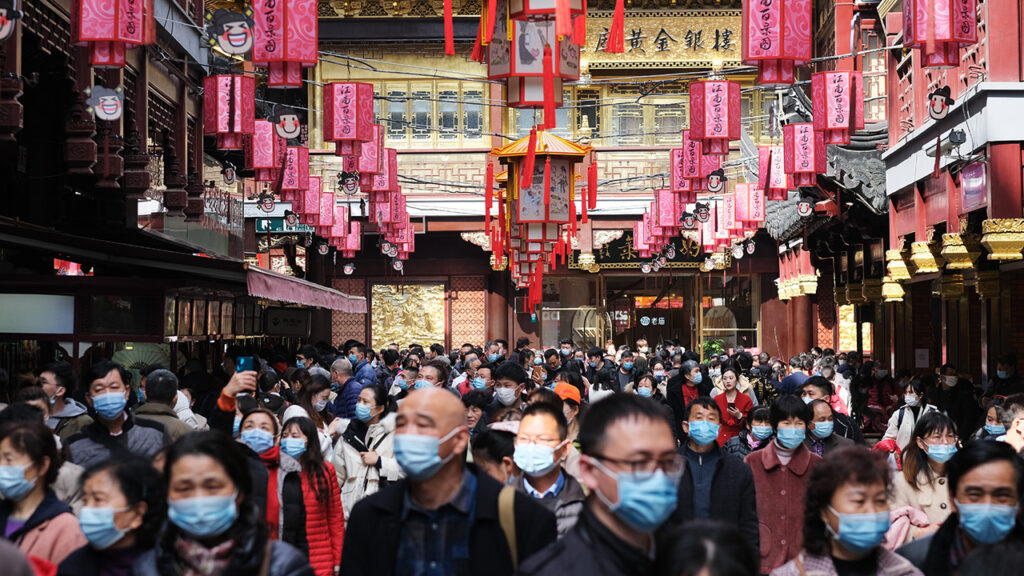As China’s economy transitions away from being trade and export reliant to bolstering domestic consumption, set to double and reach $12.7 trillion by 2030, tourism is receiving increased attention in government thinking. Hainan, the tropical island province in the country’s south, is at the heart of such plans.
Hainan’s balmy climate and abundance of natural attractions have long drawn hordes of sun-seeking Mainland tourists, but in recent years, the island’s uniquely supportive duty free shopping environment has added to the appeal. In July, having successfully contained coronavirus, the government released a set of policies to further bolster Hainan’s duty-free credentials. Spending duly rose 127 percent year-on-year.
New policies raised individual spending limits, expanded duty free categories, and eradicated single item spending limits in a move seeking to capitalize on a captive market — understandable given Chinese consumers accounted for 40 percent of global duty free sales, yet only eight percent took place in China.
On the back of a transformative 2020, the latest Moodie Davitt report focused on Hainan (read our takeaways) and the future of its booming duty free market. Here, Jing Travel speaks with the report’s author Martin Moodie.
Before diving into Hainan’s travel retail scene, how do you assess the state of the island’s broader tourism economy?
The key to Hainan’s tourism economy will be the growth in infrastructure — general retail, hotels, leisure and entertainment facilities, restaurants and more. It’s garnering attention from the provincial government and private investors. If Hainan is to maximize its attraction to both Chinese and foreign visitors once international tourism opens up, then world-class facilities and service will be crucial.
Which areas require additional development?
Human resources is among the greatest challenges the island faces, and given the vital importance of service to the hotel, restaurant, and retail sectors, that’s where the focus needs to go. The trick, as with all island tourism economies, will be to properly balance that inherent natural allure with the infrastructure development needed to grow the sector. The Hainan government though is acutely aware of these needs.
Moving to travel retail, great attention has been paid to the new government policies introduced in July. How do you understand their goals?
The enhanced offshore duty free shopping rolled out in July 2020 was the showpiece of a highly ambitious Hainan Free Trade Port Overall Plan. This masterplan was designed to accelerate the creation of a Free Trade Port with “Chinese characteristics.” It’s in line with central government policy to boost domestic consumption and repatriate Chinese travel shopping from abroad.
Which numbers stand out?
The annual allowance was tripled to RMB100,000 (roughly US$15,500); the number of categories was extended from 38 to 45 (including cellphones and alcohol); crucially, the previous single purchase limit of RMB8,000 (US$1,250) was removed.
Those improvements had a dramatic impact on sales. Hainan offshore duty free shop revenues rose by +127 percent year-on-year in 2020 to around RMB32.74 billion (US$5.05 billion).

Once completed, CDFG’s Haikou International Duty Free Mall will be the world’s largest duty free retail complex, cementing the group’s dominance in the travel retail sector. Image: Moodie Davitt
Looking forward, what are the next government steps before Hainan opens up as a duty free zone in 2025?
The authorities are doing all they can to stimulate the offshore duty free sector and I confidently expect to see further pro-business, pro-consumer policy improvements released. An announcement of the new “inland” or “resident” duty free policy is expected any day, catering to Hainan residents who will not have to leave the island to shop and will benefit from an anticipated RMB30,000 (US$4,650) annual allowance on a range of categories.
We also anticipate the introduction of Korea-style pre-departure duty free shops on the Mainland in 2021 that will be open to outbound Chinese travelers. That will be a game-changer.
China Duty Free Group (CDFG) stands as the dominant market player in Hainan. How do you evaluate its prospects given the emerging competition?
Despite the proliferation of travel retailers in Hainan, CDFG will remain the overwhelmingly dominant force. It has an amazing location in Haitang Bay and the shopping environment itself at Sanya International Duty Free Shopping Complex is a tourist attraction in its own right.
It attracts the big fashion and luxury houses, holds a near year-round series of spectacular o2o activations, and unlike some of the newcomers, CDFG has the brand relationships in place, the logistics all streamlined, and the investment to grow. This can be seen by its plans for the Haikou International Duty Free City. This will be anchored by the world’s biggest duty free retail complex, on target to open in mid-2022.
What are the opportunities for other travel retailers?
Most of the newcomers will generate decent incremental business but as always there will be winners and losers. Location and brand support will be the key drivers of success. Despite the proliferation of travel retailers in Hainan (four competitors opened in December and January alone), CDFG will remain the overwhelmingly dominant force.




